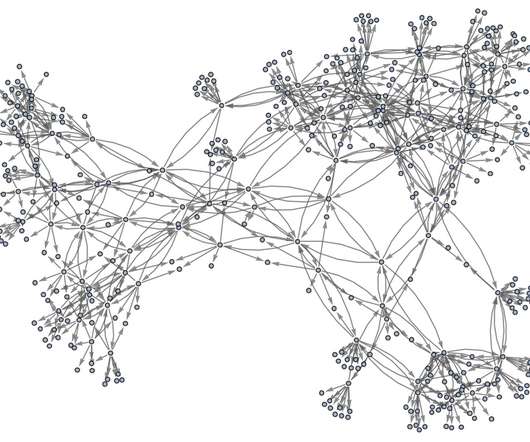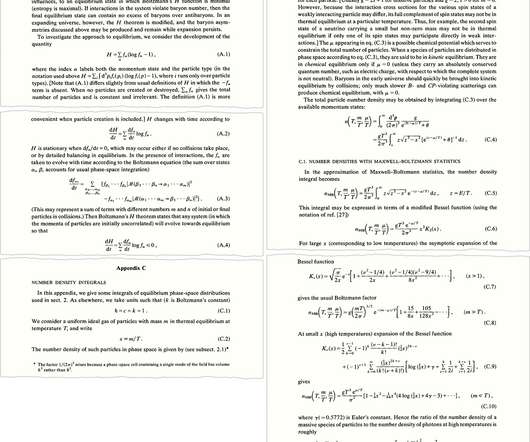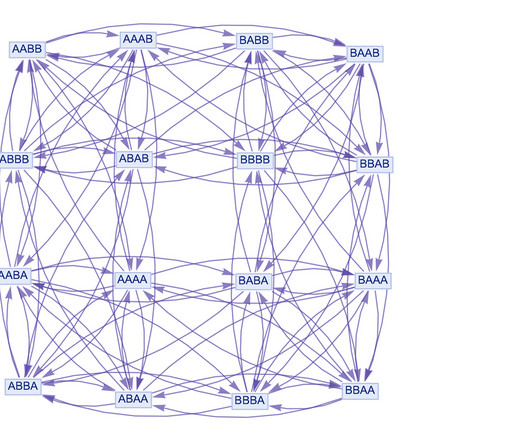How Did We Get Here? The Tangled History of the Second Law of Thermodynamics
Stephen Wolfram
JANUARY 31, 2023
But by the mid-1600s the idea was emerging that there could be more explicit and mechanical explanations for phenomena in the natural world. So, for example, in the late 1700s the French balloonist Jacques Charles (1746–1823) noted the linear increase of volume of a gas with temperature.











Let's personalize your content